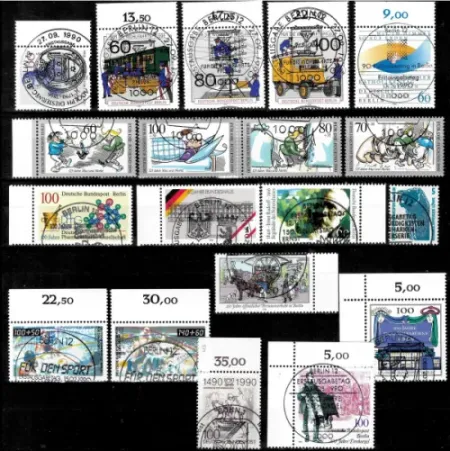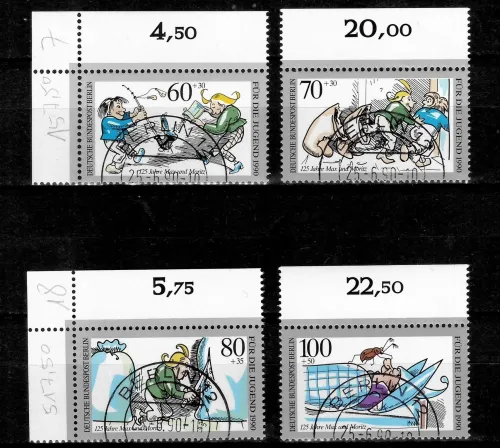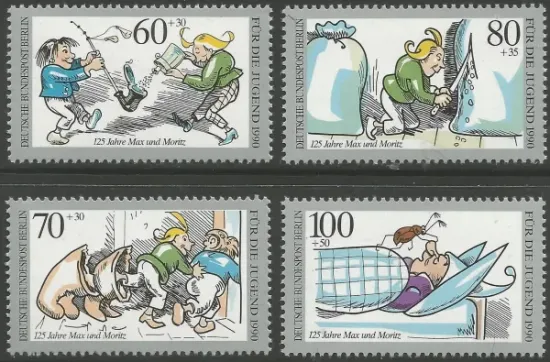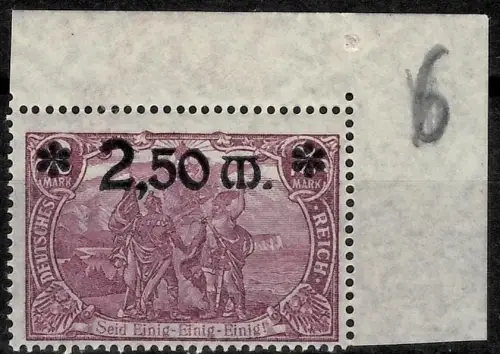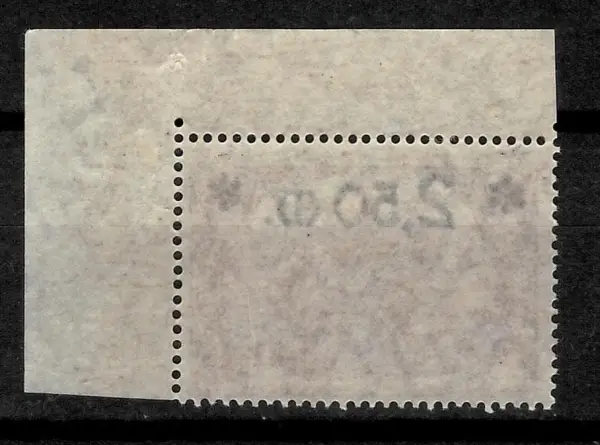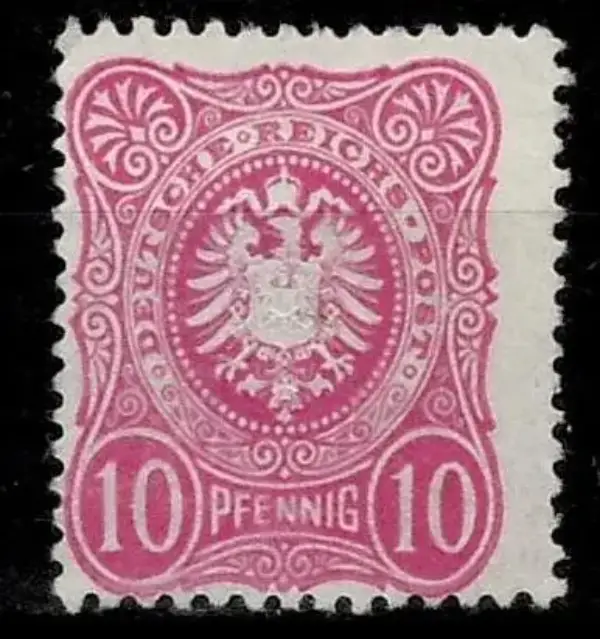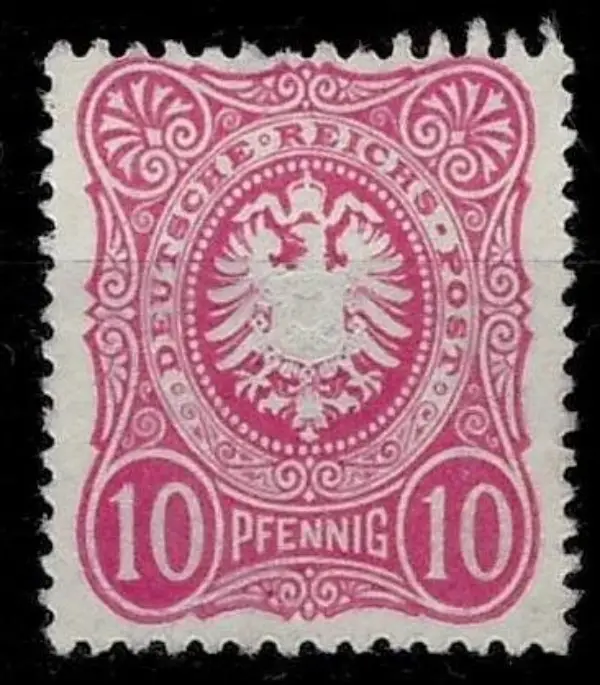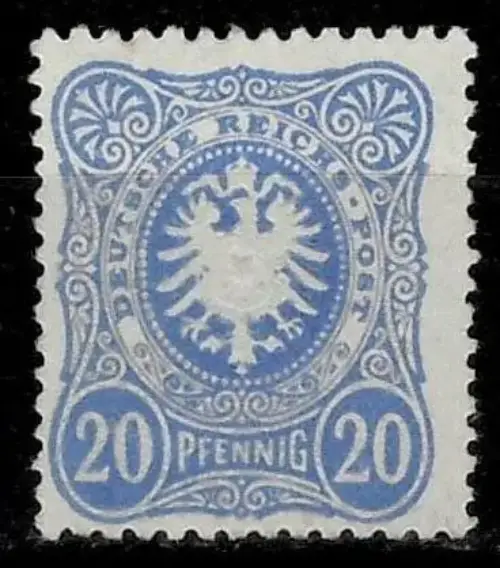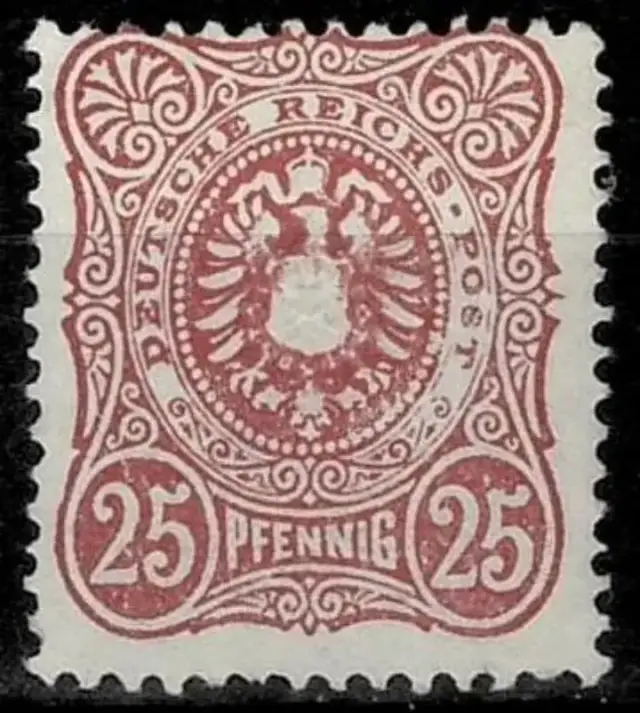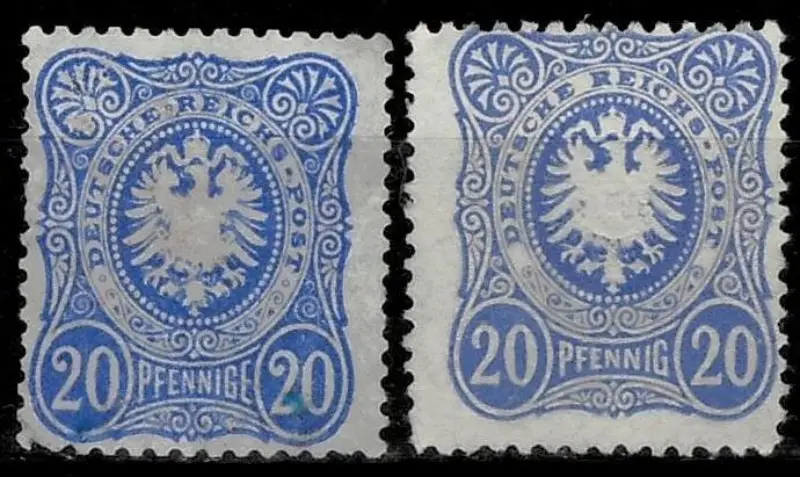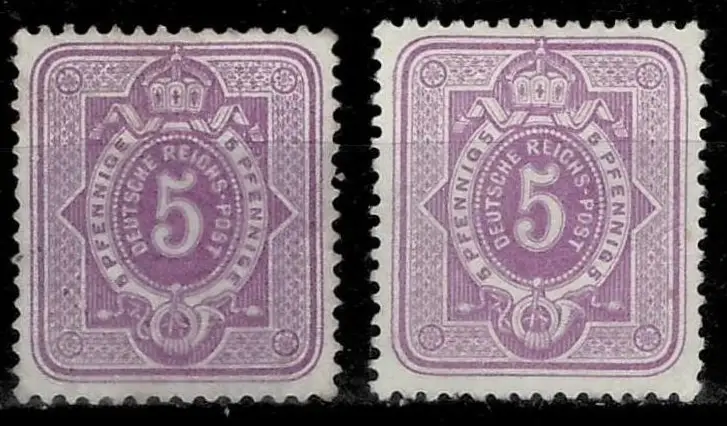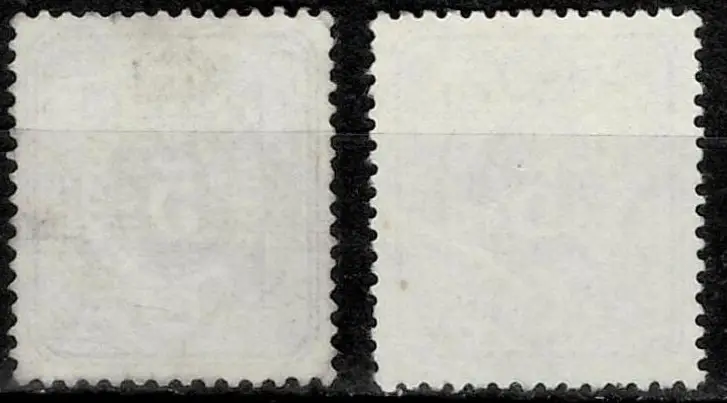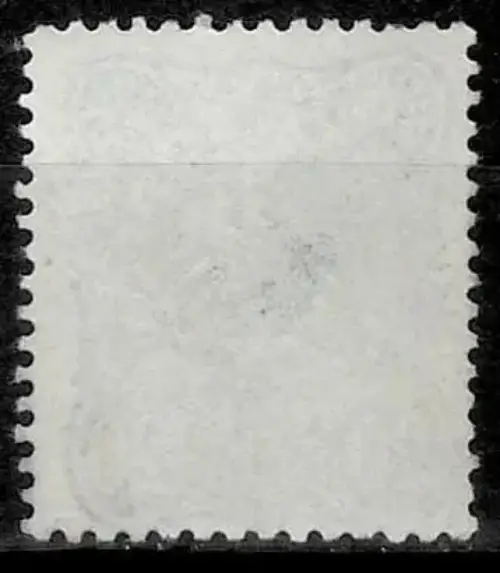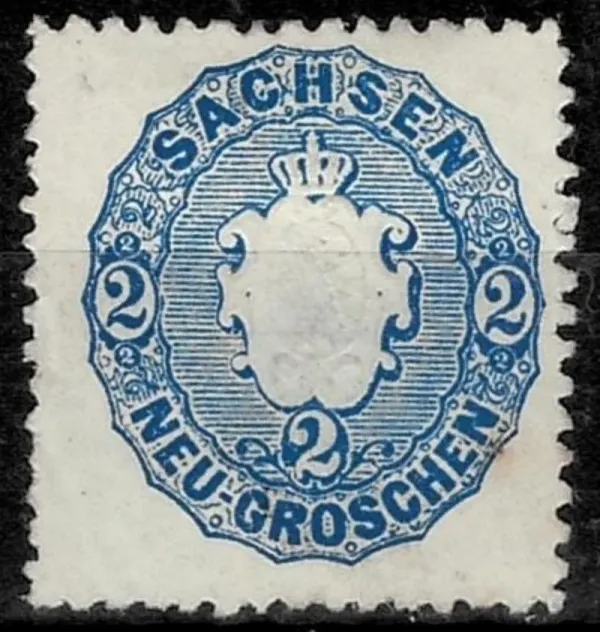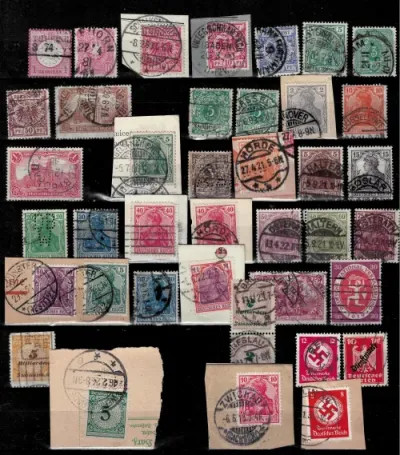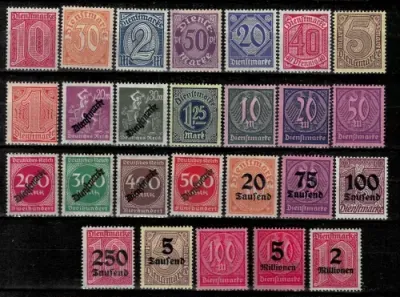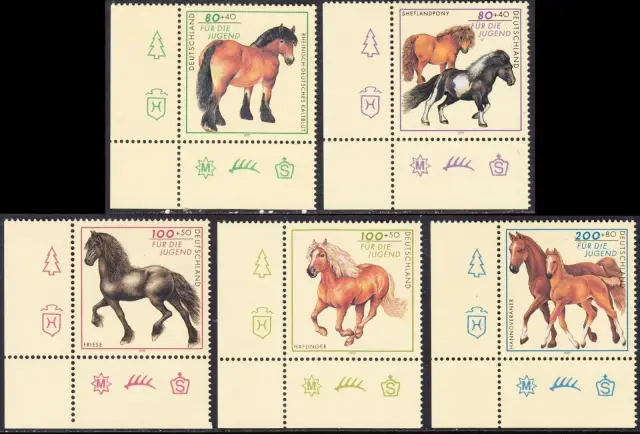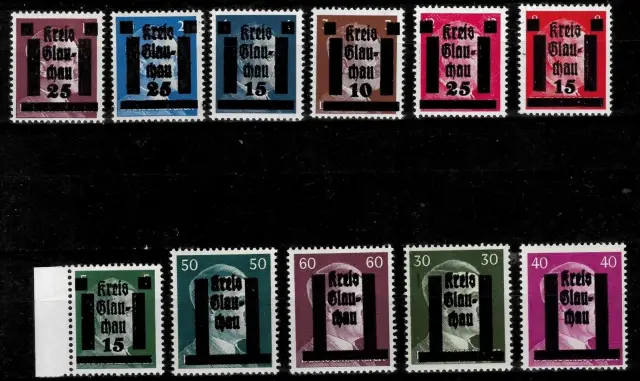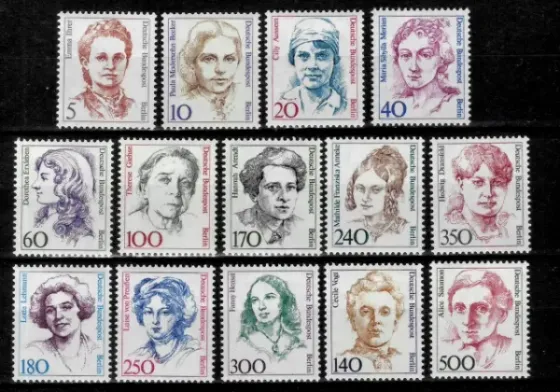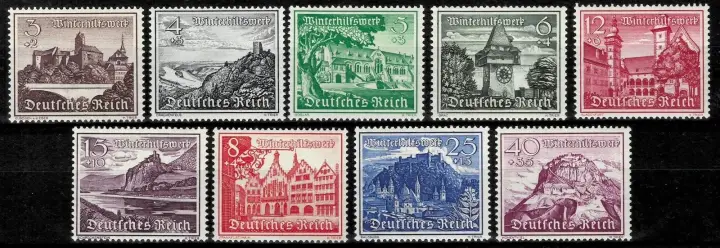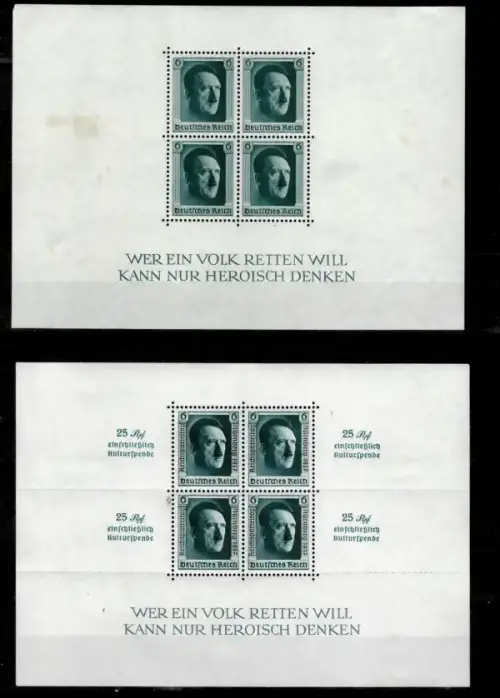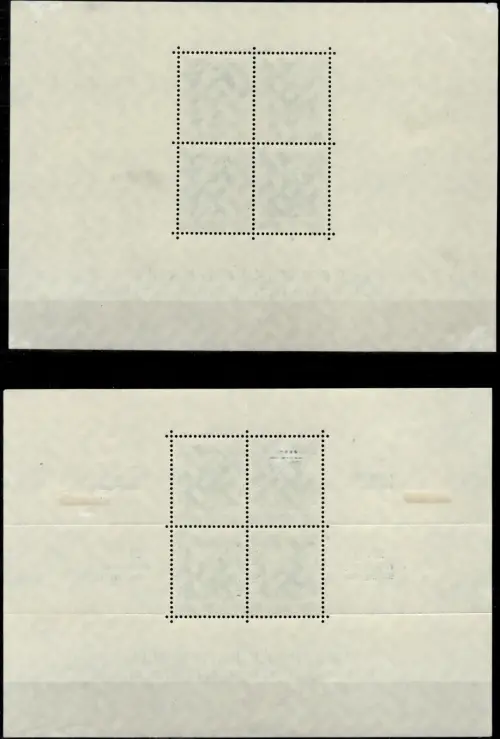Showing 1–30 of 330 resultsSorted by latest
Showing 1–30 of 330 resultsSorted by latest
Germany has a rich history of postage stamps, beginning with the issuance of its first stamps by individual German states before the unification in 1871. Here’s an overview of the key developments in German postage stamps:
Early History
- Pre-Unification Stamps: The first postage stamp in Germany was issued by Bavaria on November 1, 1849. Other states followed suit, with notable issues from Baden, Hamburg, and Prussia among others. Each state had its own postal authority and stamps until the establishment of a unified postal system.
- German Empire: Following the unification in 1871, the Deutsche Reichspost began issuing stamps on January 1, 1872. The most recognized series from this period is the Germania series, which ran from 1900 to 1922 and featured designs that became iconic in philately.
Post-World War Developments
- Weimar Republic: The economic turmoil post-World War I led to hyperinflation, significantly impacting stamp production. Stamps from this period are highly sought after due to their variety and historical significance.
- Nazi Era and WWII: During this time, stamps were used for propaganda and to reflect nationalistic themes. Many stamps were issued for occupied territories as well.
Modern Era
- Post-Reunification: After the reunification of Germany in 1990, both East and West German stamps remained valid until their expiration dates. The Deutsche Post AG now oversees stamp issuance across the country.
- Current Issues: As of 2024, there are over 3,500 different postage stamps listed in various catalogs for Germany, reflecting cultural events, anniversaries, and significant figures


